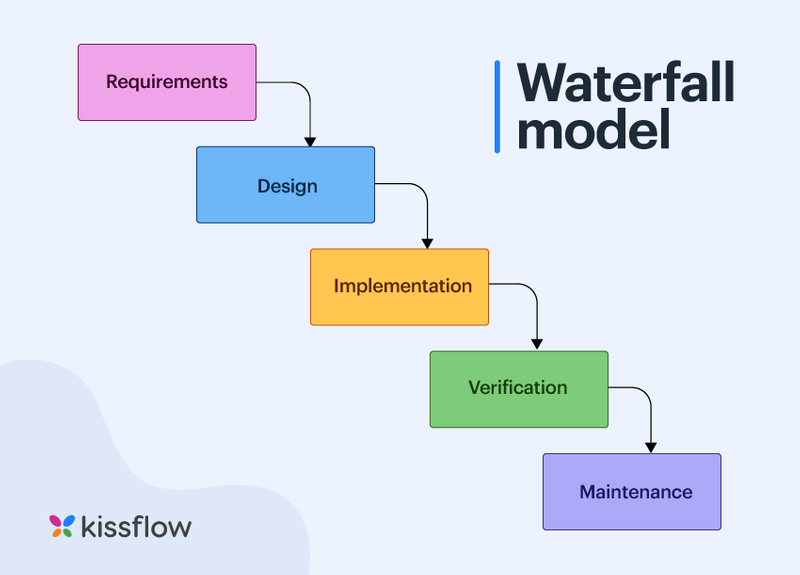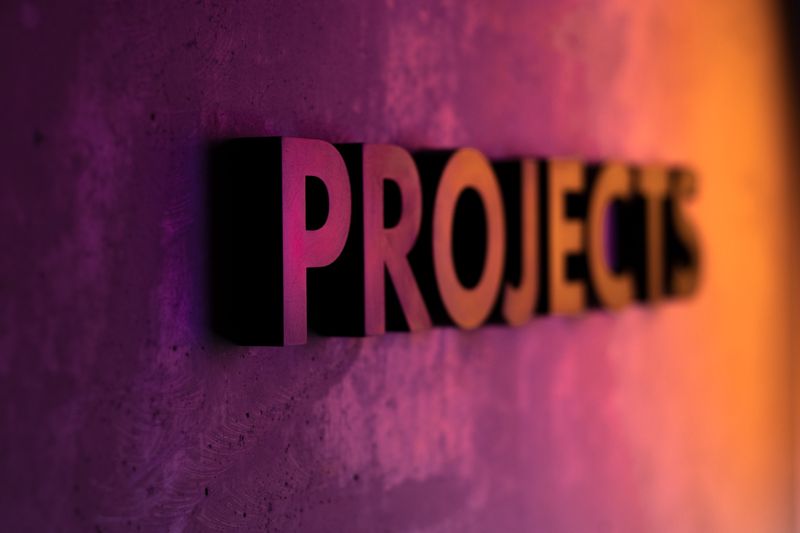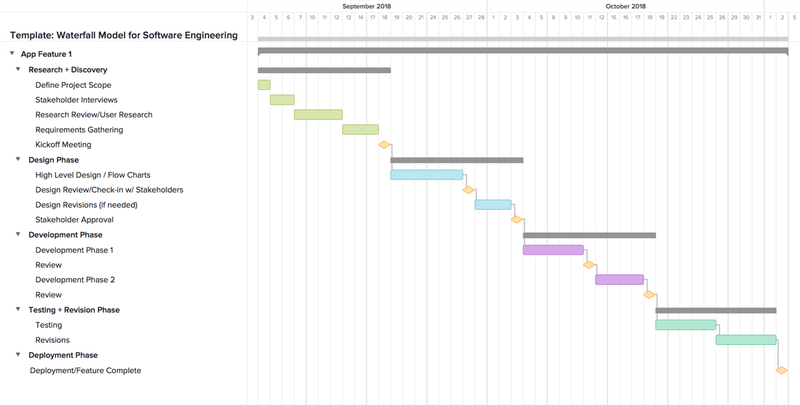 Photo by Rio Hodges on Unsplash
Photo by Rio Hodges on UnsplashHave you ever asked yourself, "What's the most straightforward way to manage a project?”
The answer is, “Waterfall Project Management.”
The Waterfall methodology—also known as the traditional approach—is a sequential development process, which means that each phase must be complete before the next phase begins.
Waterfall gets its name because each phase of the project cascades into the next.
This video provides a simple overview.
How Does Waterfall Work?
Overview of Waterfall
At the beginning of the project, you create a detailed project plan that includes all the requirements.
You then proceed through a series of clearly defined phasesuntil you’ve fully executed on the plan.
Tasks and phases are completed in a linear, sequential manner, which means the output of each phase acts as the input to the next phase.
Each participant has a clearly defined role and none of the phases or goals are expected to change.
The Five Phases Of Waterfall
 There are 5 main phases:
There are 5 main phases:
Requirements: This is where you gather and analyze all the information about the project and identify the different functions and features you need.
Design: Once you understand the requirements, you design the project workflow, architecture and system.
Implementation: In this phase you start the actual development, making sure you use your requirements and specifications.
Verification: Once you complete coding, you start testing. This is to ensure that there are no errors and the product meets its requirements.
Maintenance: Finally, when you deploy the project, you provide subsequent support and maintenance to make sure the product works.
Quiz
Ali works in the hospitality industry. A client asked him to organize a conference in 4 months time using Waterfall. What should Ali do first?
What Are The Pros And Cons Of Waterfall?
 Pros
Pros
Simple and easy to follow
Requirements are clear
Design is completed in advance
Phases do not overlap and are clearly planned
Detailed documentation
Cost can be planned in advance
 Cons
Cons
Not adaptable to change
Requires a lot of planning
Does not allow you to work on multiple phases at the same time
Involves high levels of risk
Not a good approach for complex projects
Does not involve client feedback during development
When Should You Use Waterfall?
 Photo by Glenn Carstens-Peters on Unsplash
Photo by Glenn Carstens-Peters on UnsplashWaterfall works best for projects with these characteristics:
Short and simple
Scope is known
Clear and fixed requirements
No changes are anticipated
Stakeholder involvement is only required at set milestones
Quiz
Sam, a software developer, has a new client who wants to develop an app for her business. She's not sure what features or functionality she needs. Should Sam use Waterfall to manage this project?
Take Action
 Photo by Octavian Dan on Unsplash
Photo by Octavian Dan on UnsplashWaterfall Methodology is best suited for projects that are clearly defined; require structure and strict deadlines; and where change is not anticipated.
The next time you manage a project, ask yourself:
If you answered "yes" to these questions, Waterfall is most likely the best methodology for your project.
Your feedback matters to us.
This Byte helped me better understand the topic.

